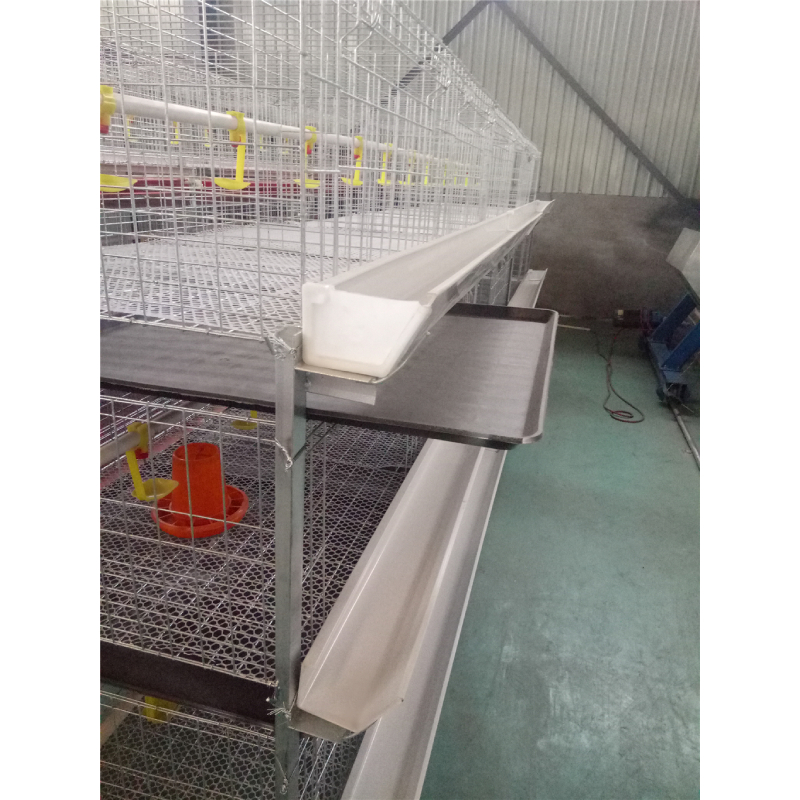floating fish feed machine
12 月 . 16, 2024 10:16 Back to list
floating fish feed machine
The Floating Fish Feed Machine Revolutionizing Aquaculture
In the ever-evolving field of aquaculture, the demand for efficient and sustainable feeding solutions is more pressing than ever. As fish farming continues to grow globally, the need for high-quality, nutritious feed is paramount. One significant innovation that has emerged to address this need is the floating fish feed machine. This technology plays a pivotal role in enhancing fish farming productivity, ensuring better resource management, and promoting environmental sustainability.
What is a Floating Fish Feed Machine?
A floating fish feed machine is an extruder designed to produce high-quality floating fish feed pellets. These machines are engineered to process various raw materials, including grains, fish meal, and other nutritional additives, into palatable feed that meets the dietary requirements of different fish species. The distinct advantage of this type of feed is that it remains buoyant on the water surface, allowing fish to easily access it and reducing waste associated with sinking feed.
The Working Principle
The floating fish feed machine operates through a series of processes including grinding, mixing, extruding, and drying. Initially, raw materials are ground into a fine powder and then mixed thoroughly to ensure even distribution of nutrients. This mixture is then fed into the extruder, where it is subjected to high temperature and pressure. The extruder forces the mixture through a die, which shapes the pellets. As the pellets exit the extruder, they expand and become buoyant due to the rapid temperature decrease and the release of steam. Finally, the pellets are dried using a heating mechanism, ensuring they maintain their shape and floatation properties.
Benefits of Floating Fish Feed
floating fish feed machine

1. Improved Feed Efficiency Floating fish feed is designed to meet specific nutritional values while enticing fish to feed actively. When fish feed on floating pellets, it leads to better feed conversion ratios, meaning that less feed is required to achieve weight gain.
2. Reduction of Waste Traditional sinking feeds often go uneaten and settle at the bottom of the pond, contributing to pollution and wastage. Floating feeds, however, allow for better feed visibility, encouraging fish to eat more and reducing leftover feed that would otherwise decay and affect water quality.
3. Enhanced Health of Fish Floating fish feed can be enriched with vitamins and minerals, which are crucial for the growth and health of fish. By utilizing floating feed, fish farmers can ensure that their stock is receiving a balanced diet, ultimately leading to healthier and more robust fish.
4. Environmental Sustainability By minimizing feed waste and reducing the environmental impact of aquaculture operations, floating fish feed machines contribute to a more sustainable method of fish farming. Farmers who adopt this technology are more likely to comply with environmental standards and practices.
5. Customization and Scalability Floating fish feed machines come in various sizes and configurations, making them suitable for both small-scale producers and large commercial enterprises. Furthermore, the feed can be customized to cater to the dietary needs of different fish species, maximizing productivity.
Conclusion
The floating fish feed machine is more than just a piece of equipment; it is a fundamental innovation that has the potential to transform the aquaculture industry. As fish farming gears towards more sustainable practices, the role of such technologies cannot be overlooked. By improving feed efficiency, reducing waste, and enhancing fish health, these machines help create a more productive and environmentally friendly fish farming future. For aquaculture operators looking to optimize their production processes, investing in a floating fish feed machine is undoubtedly a step in the right direction.
-
school
NewsJul.10,2025
-
Vacuum Packing Machine - Efficient & Reliable Vacuum Packaging Solutions for Food & Industrial Use
NewsJun.10,2025
-
High-Quality European Rabbit Cage Durable Welded Rabbit Cage Wire Mesh Supplier
NewsJun.10,2025
-
High-Efficiency Air Inlet Window for Optimal Poultry Ventilation & Cooling
NewsMay.30,2025
-
High-Efficiency Evaporative Cooling Pads Durable & Energy-Saving
NewsMay.30,2025
-
Automatic Egg Collecting Machine High-Efficiency Poultry Farm Solutions
NewsMay.29,2025






